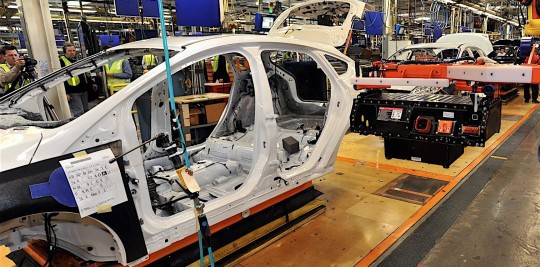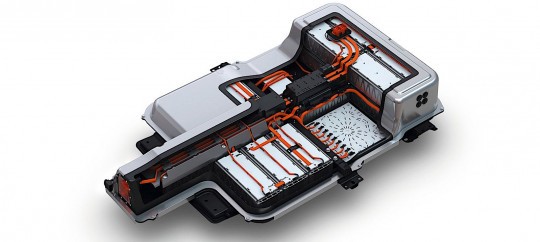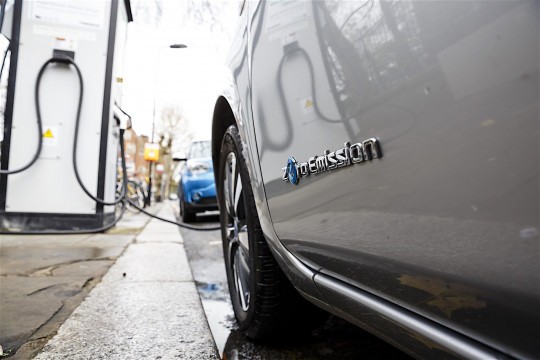Vozes vão alertando para o perigo dos custos dos veículos eléctricos
Continua a crescer o coro de vozes que alerta para o futuro da mobilidade eléctrica não será tão dourado como isso. O mais recente é Ralf Speth, o CEO da Jaguar Land Rover (JLR).
O alemão diz que os preços das baterias não vão baixar de preço nos próximos cinco anos e que a solução será uma alargada rede de carregamento para reduzir a autonomia.
Para o CEO da Jaguar Land Rover, não é verdade que o preço das baterias vá reduzir-se nos próximos cinco anos, pelo que considera que a corrida à autonomia não faz sentido, devendo o investimento ser canalizado para criar uma rede mais capilar de carregamento, permitindo assim reduzir as baterias e a autonomia, reduzindo os custos e o peso dos veículos.
A lógica é clara: os carros eléctricos são demasiado caros porque é precisa muita autonomia, logo, se reduzirmos as baterias e a autonomia, os carros serão mais baratos. Faz todo o sentido esta ideia. Porém, e os tempos de carregamento? Como é que será?
“Não haverá redução do preço das baterias nos próximos três a cinco anos, pelo que precisamos de mais densidade na rede de carregamento, com mais qualidade e mais quantidade, que seja mais rápida que a actual” disse Speth. O responsável da JLR continua a acreditar que o futuro está nos veículos eléctricos, mas entende que a infraestrutura de carregamento deve ser reforçada.
Fonte: https://automais.autosport.pt/destaq...los-eletricos/
Continua a crescer o coro de vozes que alerta para o futuro da mobilidade eléctrica não será tão dourado como isso. O mais recente é Ralf Speth, o CEO da Jaguar Land Rover (JLR).
O alemão diz que os preços das baterias não vão baixar de preço nos próximos cinco anos e que a solução será uma alargada rede de carregamento para reduzir a autonomia.
Para o CEO da Jaguar Land Rover, não é verdade que o preço das baterias vá reduzir-se nos próximos cinco anos, pelo que considera que a corrida à autonomia não faz sentido, devendo o investimento ser canalizado para criar uma rede mais capilar de carregamento, permitindo assim reduzir as baterias e a autonomia, reduzindo os custos e o peso dos veículos.
A lógica é clara: os carros eléctricos são demasiado caros porque é precisa muita autonomia, logo, se reduzirmos as baterias e a autonomia, os carros serão mais baratos. Faz todo o sentido esta ideia. Porém, e os tempos de carregamento? Como é que será?
“Não haverá redução do preço das baterias nos próximos três a cinco anos, pelo que precisamos de mais densidade na rede de carregamento, com mais qualidade e mais quantidade, que seja mais rápida que a actual” disse Speth. O responsável da JLR continua a acreditar que o futuro está nos veículos eléctricos, mas entende que a infraestrutura de carregamento deve ser reforçada.
Fonte: https://automais.autosport.pt/destaq...los-eletricos/







Comentário